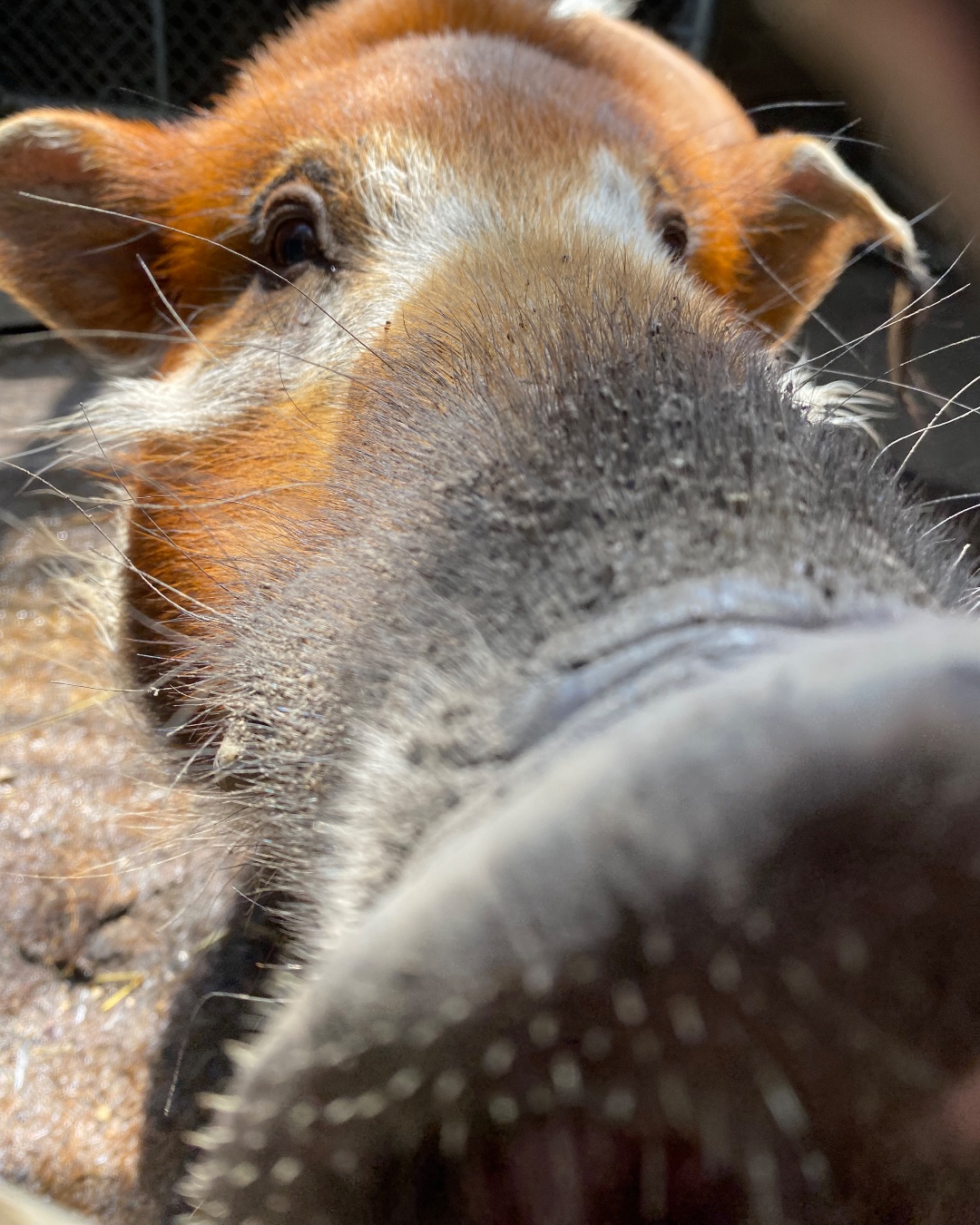- Characteristics and habitat of red river hogs
- Differences between male and female red river hogs
- The role of red river hogs in their ecosystem
- Conservation efforts and challenges in preserving red river hogs
- The importance of zoos in educating the public and protecting wildlife
Red river hogs, scientifically known as Potamochoerus porcus, capture attention with their striking appearance and intriguing behaviors. Native to the dense forest habitats and savannahs of West and Central Africa, these animals thrive in regions with abundant vegetation and water sources. Their vibrant reddish-brown coats, accentuated by prominent white stripes, make them the most colorful members of the pig family. Red river hogs are primarily nocturnal foragers, using their keen sense of smell to sniff out roots, fruits, and small animals, contributing to their role as critical seed dispersers and ecosystem engineers.
Understanding the differences between male and female red river hogs provides insight into their social structures and mating behaviors. Males, like Nox, are distinguished by their larger size and the presence of fleshy warts beneath their eyes, traits that are absent in smaller females like Zamu. These physical differences play a crucial role during mating seasons, where males display competitive behaviors, often using their facial warts as armor in skirmishes. Females, on the other hand, are integral to raising and nurturing young, showcasing remarkable social bonds within their groups.
The ecological role of red river hogs extends beyond their immediate environment. By consuming a varied diet, they aid in the dispersal of seeds and contribute to the control of insect populations. This interplay creates a balance within their habitats, underscoring the importance of maintaining healthy red river hog populations. Additionally, their wallowing behavior helps aerate the soil, fostering plant growth and maintaining the biodiversity of their environments.
Conservation of red river hogs faces numerous challenges due to habitat loss and hunting pressures. As human activities expand into their natural habitats, these animals are increasingly at risk. Initiatives aimed at protecting their populations focus on habitat preservation and stringent anti-poaching measures. Some conservation programs also incorporate the use of camera traps and GPS tracking to monitor their movements and behaviors, providing valuable data to support their survival.
Zoos play a pivotal role in educating the public about red river hogs and wildlife conservation. By housing individuals like Zamu and Nox, zoos offer visitors an opportunity to observe these fascinating creatures up close. Through educational programs and interactive exhibits, zoos raise awareness about the importance of preserving biodiversity and the need for sustainable practices. Moreover, zoos often participate in breeding programs to bolster red river hog populations, working alongside conservation organizations to ensure a future for these vibrant animals.
As we embrace the concept of "hog girl summer," it reminds us of the playful and inquisitive nature of red river hogs. Whether admiring their colorful coats or observing their social interactions, these animals symbolize the intricate connections within nature. Their presence in zoos serves as a vital reminder of the beauty and complexity of wildlife, encouraging continued efforts in conservation and education. By learning about and protecting red river hogs, we contribute to the survival of an extraordinary species and the ecosystems they help sustain.
*****
Source Description
It’s a hog girl summer, so you know she gotta sniff 💃🎵
Red river hogs are the most colorful members of the pig family, with red coats and white stripes running down their backs. There are two red river hogs at the zoo: Zamu and Nox!
Zamu is smaller in size and has brighter fur. She also lacks the signature warts, or fleshy patches of skin under the eyes, that male red river hogs like Nox have.
📸 Arianna E.


